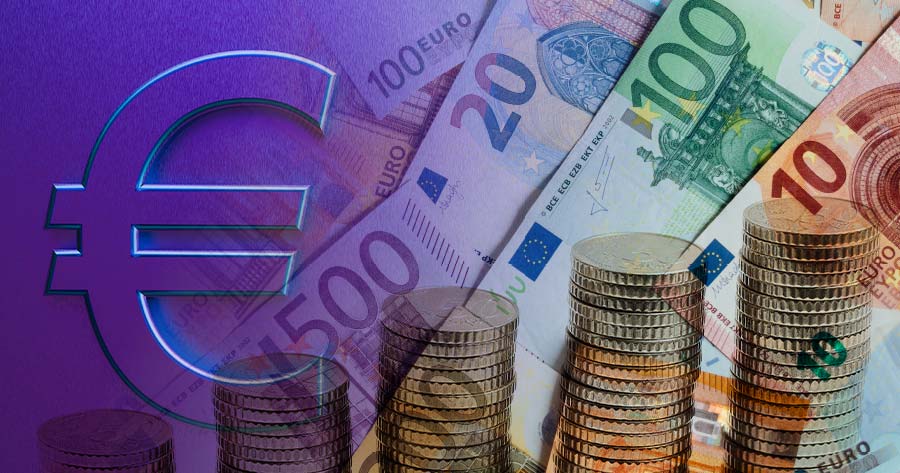The euro has plummeted to its lowest level in two years on speculation the European Central Bank (ECB) will have to implement aggressive interest rate cuts to prop up the faltering regional economy.
The shared currency weakened by over 1% to $1.0335, the lowest since November 2022, after Friday’s data showed negative business activity in Germany and France, the bloc’s largest economies. Market predictions for a half-point rate cut next month have surged to above 50%, up from 15% on Thursday.
The euro’s poor performance is linked to potential steep tariffs from an incoming Trump administration, which could hit the region’s export-reliant economies. Simultaneously, political crises in Germany and France are eroding investor confidence.
Traders anticipate the euro could further decline towards parity with the US dollar, a situation that’s occurred only twice since the euro’s 1999 introduction. The Commodity Futures Trading Commission data revealed heightened hedge fund bearish bets on the euro for the week ending Nov 19th.
The situation surrounding business activity creates a challenge for European Central Bank officials to decide the pace of easing next month, contrasting with the US’s positive economic projections fuelled by Trump’s promised tax cuts.
Meanwhile, the ECB may maintain its current pace (25 bps) of cuts considering the inflationary risk posed by high natural gas prices and wage increases in the euro-zone. ECB Vice President Luis de Guindos warned of the need for caution given uncertainties, including trade tensions and global conflicts.





